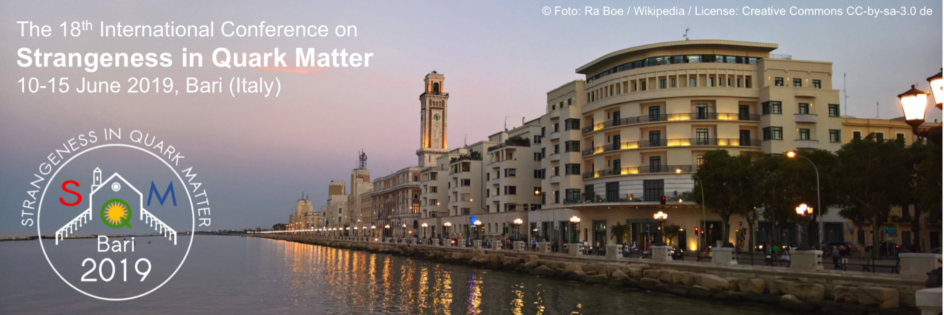Speaker
Description
The BM@N (Baryonic Matter at Nuclotron) is the first working fixed-targeted experiment at the Nuclotron-based Ion Collider fAсility (NICA). The properties of hadrons and formation of (multi-)strange hyperons will be studied at BM@N. Also, the experiment involves the searching of hypernuclei.
In 2018 a new topic was added to the BM@N physics program - the studies of Short Range Correlations (SRC) in nuclei. Short Range Correlation occurs when two nucleons inside a nucleus happen to be at a close proximity. Approximately 20% of nucleons in a given nucleus belong to strongly interacting, short-lived correlated pairs.
SRC pairs are not only an important part of the nuclear wave function but also the densest objects which are available on Earth. SRC properties are relevant for understanding of neutron stars and dense baryonic matter in general. The nucleons in SRC pairs have a high absolute and a low center of mass momentum (relative to the Fermi momentum). Traditionally, properties of SRC pairs are studied using hard knock out reactions in which the beam probe interacts with a single nucleon.
At BM@N, the reaction kinematics, a carbon beam hits a liquid hydrogen target, is used. Therefore, the nucleus after interaction continues moving along the beam direction and can be detected. The residual nucleus at the beam momentum as high as 4 GeV/c/N has never been investigated before.
At the conference we would like to present a brief overview of the experimental setup and first results of the charged particle track reconstruction in detector systems, which were located upstream of the magnet. This detector systems were used to monitor the beam and to determine the trajectory of residual nucleus.
| Track | Collectivity in small systems |
|---|---|
| Collaboration name | BM@N |
